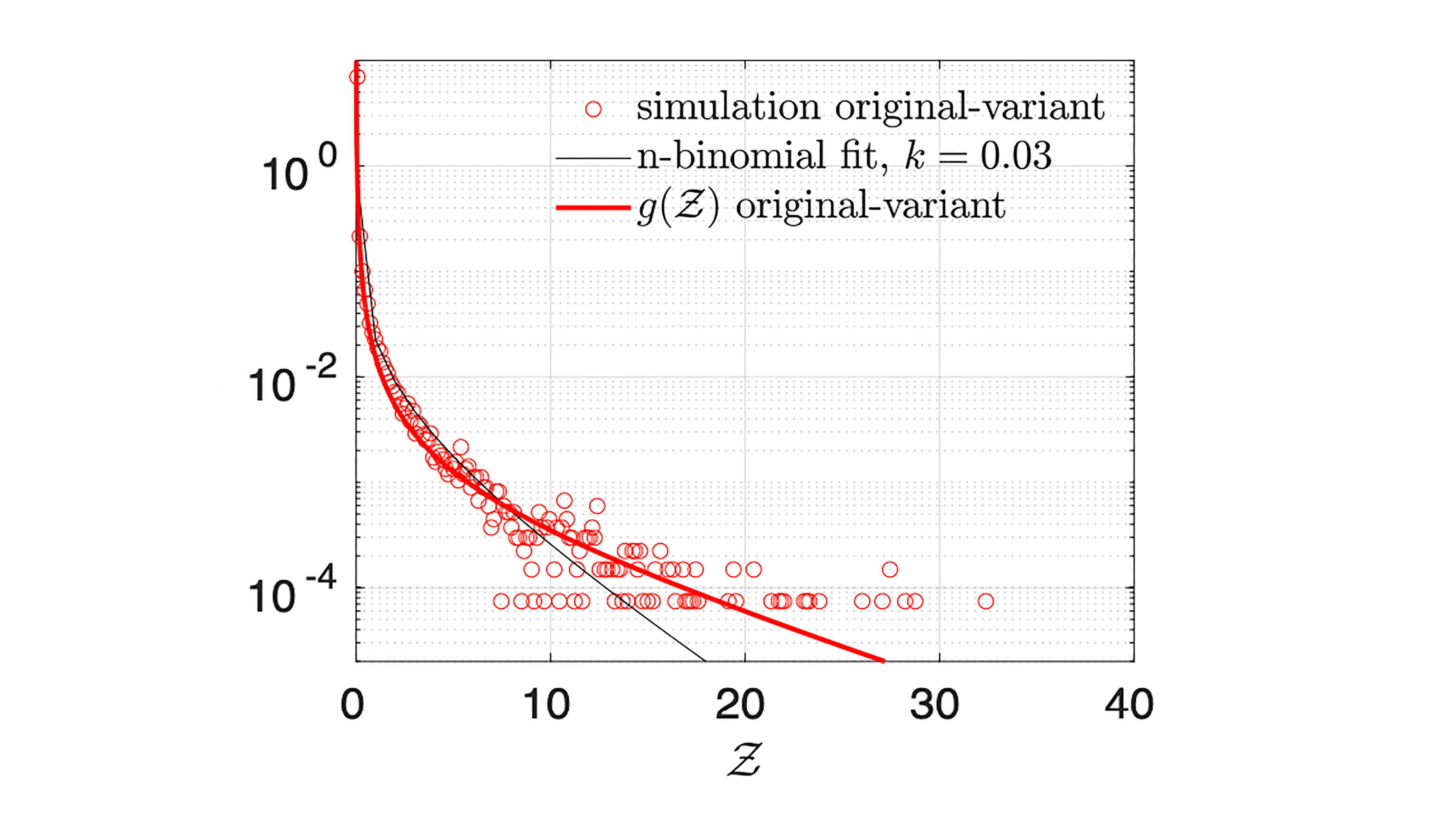Reporters invited to briefing on Low- and No-Calorie Sweeteners and glycemic response research
Tag: University Of Toronto
Martha Gulati, MD, Named Anita Dann Friedman Endowed Chair in Women’s Cardiovascular Medicine and Research
Martha Gulati, MD, director of Preventive Cardiology and associate director of the Preventive and Rehabilitative Cardiac Center in the Smidt Heart Institute at Cedars-Sinai, has been named the Anita Dann Friedman Endowed Chair in Women’s Cardiovascular Medicine and Research.

Smidt Heart Institute Welcomes New Director of Preventive Cardiology
Martha Gulati, MD, an expert in preventive cardiology and women’s heart disease, has joined the Smidt Heart Institute as director of Preventive Cardiology, associate director of the Preventive and Rehabilitative Cardiac Center and associate director of the Barbra Streisand Women’s Heart Center in the Department of Cardiology.

COVID-19 Superspreader Events Originate from Small Number of Carriers
In Physics of Fluids, researchers create a model to connect what biologists have learned about COVID-19 superspreading with how such events have occurred in the real world. They use occupancy data to test several features ranging from viral loads to the occupancy and ventilation of social contact settings. They found that 80% of infections occurring at superspreading events arose from only 4% of those who were carrying the virus into the event. The top feature driving the wide variability in superspreading events was the number of viral particles found in index cases.
36 Dwarf Galaxies Had Simultaneous “Baby Boom” of New Stars
Three dozen dwarf galaxies far from each other had a simultaneous “baby boom” of new stars, an unexpected discovery that challenges current theories on how galaxies grow and may enhance our understanding of the universe. Galaxies more than 1 million light-years apart should have completely independent lives in terms of when they give birth to new stars. But galaxies separated by up to 13 million light-years slowed down and then simultaneously accelerated their birth rate of stars, according to a Rutgers-led study published in the Astrophysical Journal.

Respiratory Droplet Motion, Evaporation and Spread of COVID-19-Type Pandemics
It is well established the COVID-19 virus is transmitted via respiratory droplets. Consequently, much research targets better understanding droplet motion and evaporation. In Physics of Fluids, researchers developed a mathematical model for the early phases of a COVID-19-like pandemic using the aerodynamics and evaporation characteristics of respiratory droplets. The researchers modeled the pandemic dynamics with a reaction mechanism and then compared the droplet cloud ejected by an infected person versus one by a healthy person.